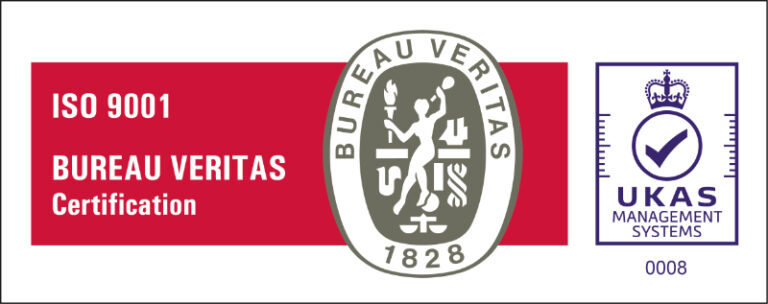A.F. Suter and Co. Ltd
Shellac, Waxes, Gums and Resins
- +44 (0) 1376 514953
- afsuter@afsuter.com
- Compass House, Eastways Industrial Estate, Witham, Essex, CM8 3YQ, United Kingdom
A.F. Suter and Co. Ltd
Shellac, Waxes, Gums and Resins
Get a FREE Quote (No Obligation)
Carnauba wax is obtained from the leaves of the Carnauba Palm (Copernicia prunifera or Copernicia cerifera) which grows in northeast Brazil, where it is known as the “tree of life” because of the wide variety of its uses. During the regular dry seasons in Brazil, the leaves exude the wax to conserve moisture and protect the tree against dehydration. The leaves are cut and dried in the sun before being beaten to release the powdery wax, which is then refined by melting, straining and cooling.
Carnauba wax mainly consists of esters of long-chain alcohols and acids. Relative to other natural waxes, it is one of the hardest and has among the highest melting points at around 85 degrees Celsius. Carnauba wax is insoluble in water and ethyl alcohol, but dissolves when heated in ethyl acetate or xylene. It is sold in the form of an off-white powder or flakes that range in colour between yellow and brown, depending on the age of the leaves and the level of refining, and is available in grades T1, T3, and T4 (Fatty Grey), which reflect the level of purification achieved after filtration and bleaching. Type 1 is the highest grade and is produced from the tops of the leaves which lack chlorophyll, making it lighter in colour. Type 4, the lowest grade, is available in flake form. Carnauba wax is sometimes used as an alternative to Beeswax, particularly by vegans and other individuals who choose not to use animal-derived products.
Carnauba wax is used as a food-grade polish, where the shiny coating functions as a protective barrier and preservative.
Carnauba wax is mainly used as a glazing agent for candies, but also acts as a release agent.
Carnauba wax is used as a coating agent for tablets and capsules as it is believed to assist patients to swallow them. Only a tiny amount of the wax needs to be added to a batch of tablets (less than a hundredth of one percent by weight) prior to tumbling in the tablet-coating machine.
Carnauba wax is a constituent in the manufacture of candles.
Carnauba wax produces a high gloss finish when added to furniture and floor waxes, lacquers and polishes, particularly in combination with Beeswax and with turpentine. It is also used to polish musical instruments and tobacco pipes. Rather than flaking off like many other finishes, the glossy finish only tends to dull over time.
Carnauba wax is used in combination with Beeswax and other waxes to polish and waterproof shoes and other leather products since it is too brittle to be used by itself. It provides a glossy finish and increases leather’s hardness, improving its durability.
Carnauba Wax is used as a hardener for printing inks and coating for paper.
Carnauba wax is used in wax polishes across a wide range of industries, particularly automotive polish, because of its high gloss finish. It is also used as a thickener for solvents and oils and a mould release agent in the manufacture of plastics. Other applications include surfboard wax (combined with coconut oil) and explosives.
Carnauba wax is widely used in personal care products because of its durable, glossy finish and hypoallergenic and emollient properties. It is an ingredient in skin care and sun care products, as well as acting as a thickening agent in make-up, such as lipstick, lip salves and balms, eye shadow, mascara, eyeliner and foundation. It is also used in toiletries such as deodorant and dental floss.







Registered Office:
146 New London Road, Chelmsford,
Essex.CM2 0AW
Company Reg No. 04296187
VAT No. GB 783 0308 36